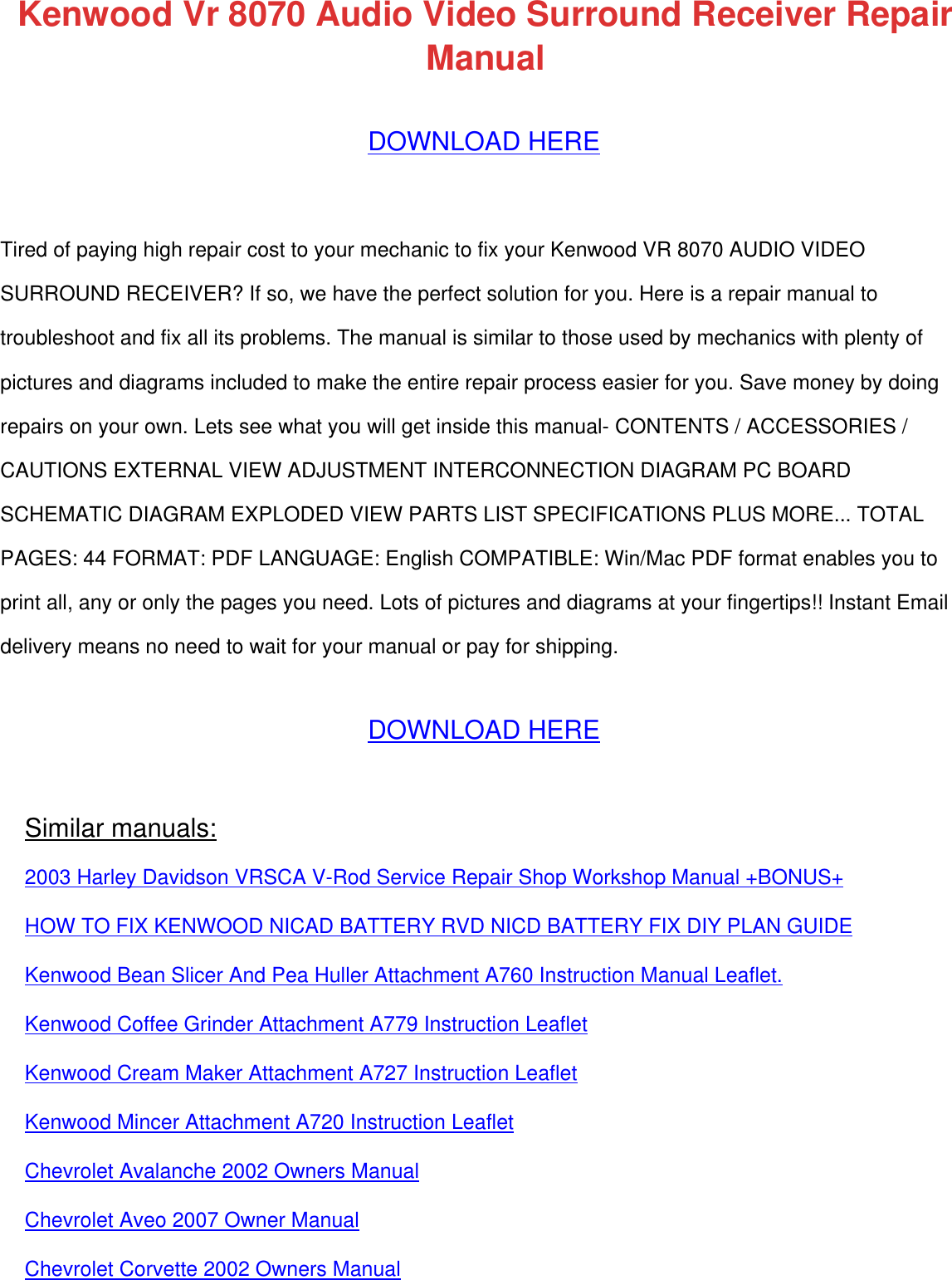New York Ccss Instructional Practice Guide
New York Ccss Instructional Practice Guidelines
[6f42ad] - New York Ccss Instructional Practice Guide new york ccss instructional practice guide supplement for reflection over the course of the year 2 a the teacher monitors and tracks students. The New York State Education Department is responsible for setting student learning expectations (standards) for what all students should know and be able to do as a result of skilled instruction.
New York Ccss Instructional Practice Guide
Gree split air conditioner manual. Show Less There is a great deal of planning and technique that goes into effective instruction and ultimately, student achievement.  And while there are aspects of effective instruction that can be generalized and applied to all teachers, there are also other aspects that are very specific to the content a teacher is teaching.
And while there are aspects of effective instruction that can be generalized and applied to all teachers, there are also other aspects that are very specific to the content a teacher is teaching.
Feb 13, 2014 - NBC Learn, the New York Public Library, and Teaching Channel. The accompanying Common Core Instructional Practice Guide for each. Expeditionary Learning and the New York State Education Department. Evidence guides and instructional practice guides), even without a common.
Below is guidance on both the more generalized aspects of effective teaching, as captured by the Danielson Framework for Teaching, as well the more nuanced applications of different content areas. Effective Teaching At its core, effective teaching leads to student learning. In New York City, Charlotte Danielson’s Framework for Teaching supports a common understanding of what great teaching looks like across all our schools and provides a shared language for professional conversations around teaching practice. The Danielson Framework describes aspects of teachers' practice that have been shown to promote improved student learning. It groups these responsibilities into 22 components organized into four domains. The rubric offers a helpful frame for developing teacher practice and, ultimately, improving student learning outcomes.